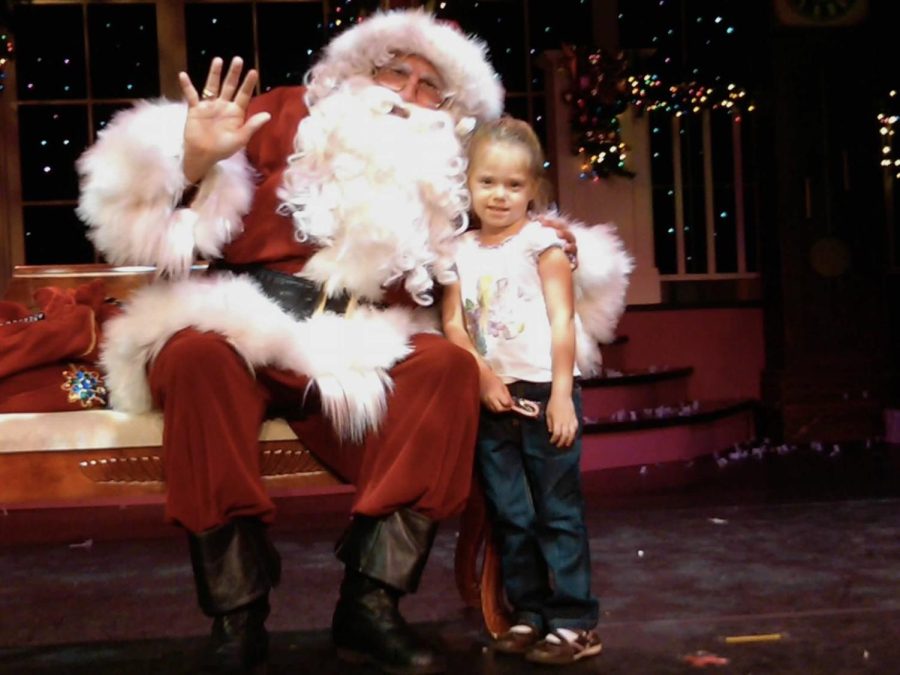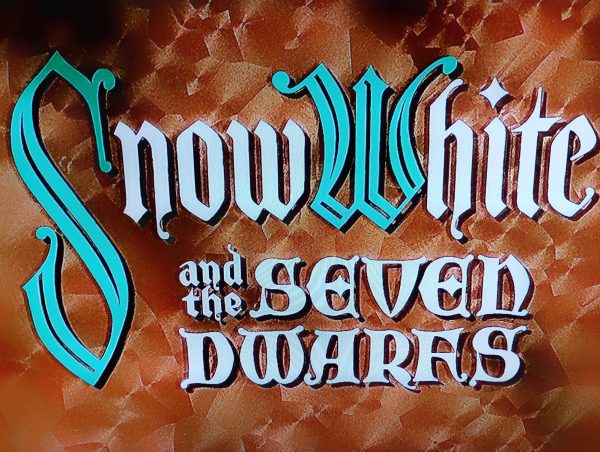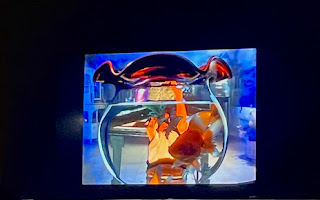Coca-Cola Santa
“Coca-Cola was saved by the man with a hearty laugh.”
Was Santa always rosy-cheeked and jolly? Was the man who delivers joy worldwide on a cold December night always the way we know him today? In truth, no. Instead of a stout, red-and-white dressed man, Santa used to be tall and skinny, a stark contrast to the Santa of today. How did Santa become the Santa that children know and love? How did he receive his iconic look and classic features? There is one company to thank. Amidst one of the most challenging times in American history, Santa was designed to uplift the spirits of disheartened Americans. What is this company? It turns out, the Santa Claus that children know and love was popularized by Coca-Cola.
The original Santa Claus was in fact not the one that is worldly known today for his beard and attire. The legend of Santa Claus emerged from Saint Nicholas, a so-called miracle maker due to his feats of lending a hand to the poor. He rose to popularity during his lifetime because he was kind and generous. Old Saint Nicholas was said to have given away all of his inherited wealth by tending to the poor and ill. The piety of Saint Nicholas became the base of the Santa that is known today, who spreads joy to children by generously giving out gifts. So how does this saint of a man become Coca-Cola’s winter mascot?
During the hot summer days, popping a chilled Coca-Cola was the perfect remedy for a quick refresh, but during the winter, that was hardly the case. Coca-Cola was faced with a problem. How could this chilled beverage look appealing to consumers during the winter months? They found their answer with Santa Claus. Santa’s memorable image came from Thomas Nast, a popular caricaturist. With his rendition of Santa, the image of his famous beard, heavy-set figure, and fur-lined coat was created. The year 1931 was when Coca-Cola started advertising with Haddon Sundblom’s illustrations of Santa Claus in an attempt to widen their consumer audience, particularly children. The red and white suit-wearing Santa matched the red and white brand of Coca-Cola, creating an association between the two. From then on, Coca-Cola’s Santa started appearing in magazines, such as the Ladies Home Journal, National Geographic, The New Yorker, and others.
With his giving nature, Santa Claus easily became a marketing mascot for numerous brands. Marketers in New York saw the potential of utilizing the personification of Christmas to sell goods and promote their brands. This effect is heavily shown today with stores playing Christmas music in the middle of November and lining their shelves with candy canes and Christmas trees.
Oddly enough, during one of the toughest times in American history, the Great Depression, Coca-Cola was saved by the man with a hearty laugh. Considered one of the smartest marketing moves, Coca-Cola utilized Santa in its Christmas campaign to bring forward feelings of Christmas joy during a time of severe challenges. Despite the dire unemployment issue, Coca-Cola never cut back on spending for its marketing programs. The company took advantage of the Christmas season since it’s a time when people are willing to spend a little more due to the holiday spirit. Though the majority of Americans couldn’t afford basic necessities, such as homes, they could spare a few dollars to buy a refreshing beverage. They weren’t just selling a drink, they were selling a lifestyle. Thanks to lifestyle marketing, Coca-Cola was able to remain a brand that people of all ages, even Santa Claus, would drink after a long night of delivering presents for every boy and girl. By 1934, with the help of Santa Claus, Coca-Cola had the ability to remain afloat and be miles ahead of its competition by the time the Great Depression ended.
With decades under its belt, Coca-Cola is perceived as a company tied closely to the Christmas season. From appearing in Charlie Brown strip comics, events held in the UK, as well as several products, Coca-Cola is solidified in the minds of many as having associations with the holiday season. This association is so great that lines of people will gather for a chance to snap a picture with the Coca-Cola Christmas truck when it rolls around. Today, Coca-Cola upkeeps its annual Christmas campaigns through contests and commercials that tug at the heartstrings, invoking that holiday nostalgia that brings in mountains of sales. If not for the use of Santa Claus, would Coca-Cola rise to be the worldwide company that it is today? It is unlikely. So when the weather gets colder and the tune of Mariah Carey plays, if the thought of opening up a crisp can of Coke occurs, thank the big man himself, Santa Claus.








